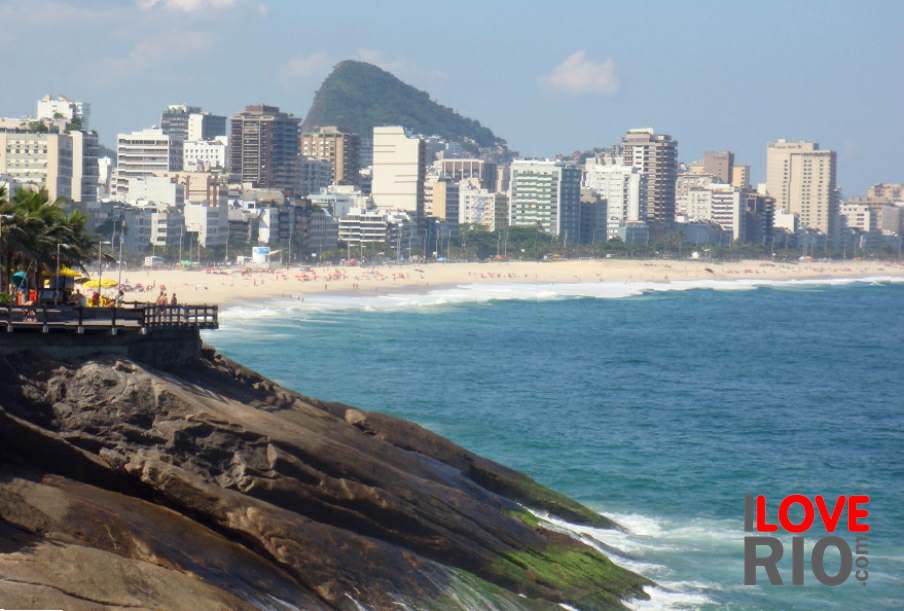

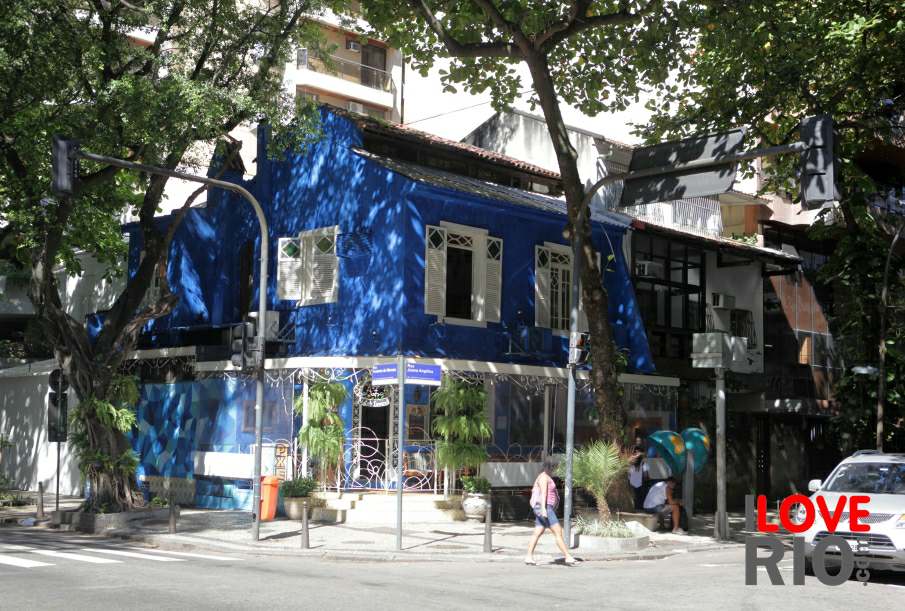
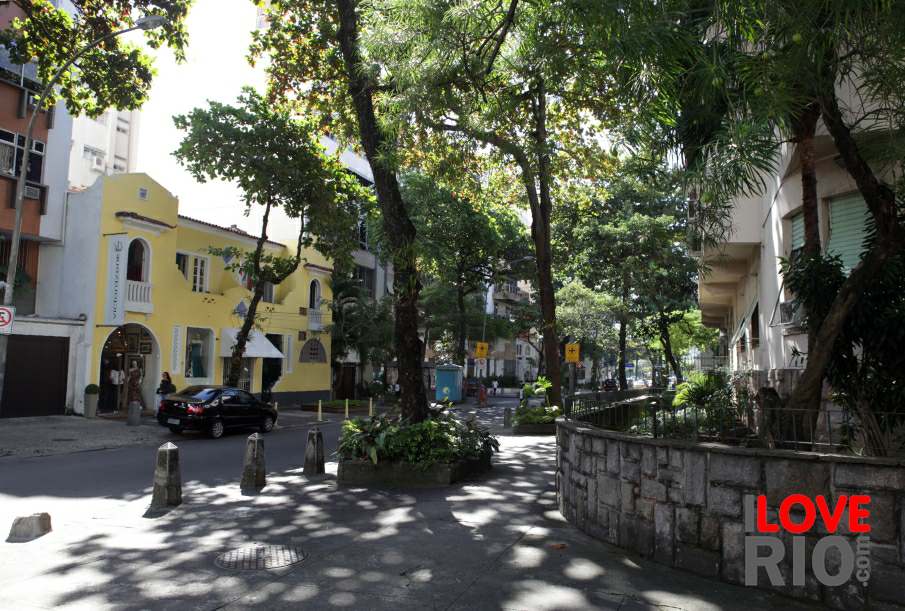
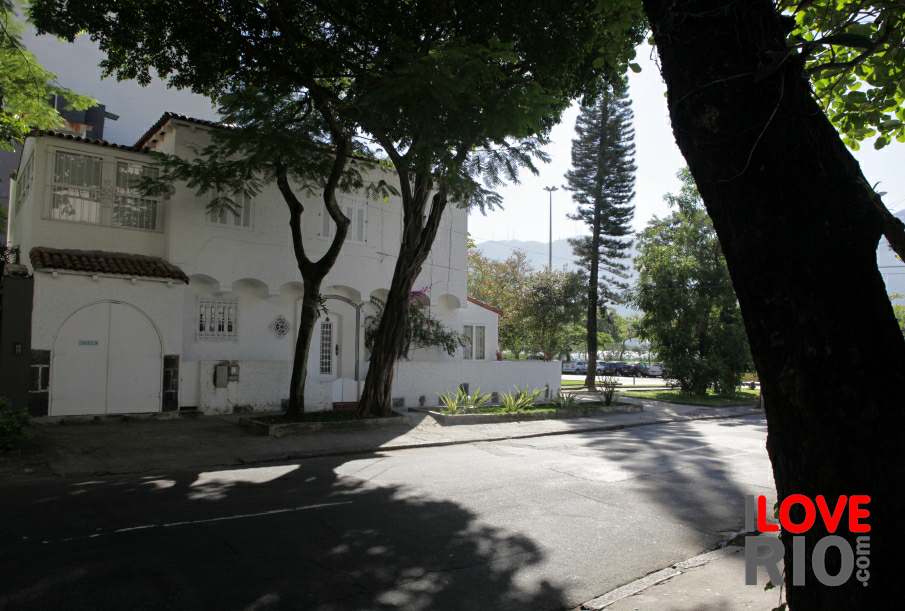
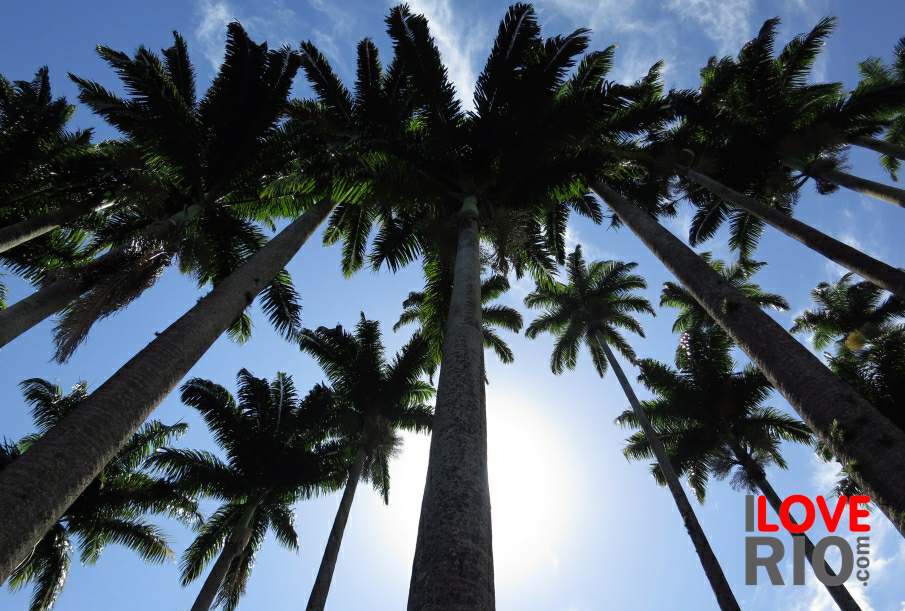
The ethnic-racial relations that these groups established over decades in spaces which housed their work, the slums and the carnival furnish us with an understanding of the legacy that Africans have left in the geography of the city. This heritage harks back to a historical period in which Africans in general were classified, given nicknames and treated with contempt because of their complexion and the way they conducted their daily life. Such classifications were present in the lives of African Brazilians and mestizos in the city of Rio de Janeiro even after the end of slavery and the period that included the First Republic. Examining the history of the last decades of the nineteenth century to the present day, this thesis tries to illuminate the contribution African Brazilians, and their inter-relation with different ethnic groups, made to the formation of the Portela's Samba School and Imperio Serrano, through festive gatherings in the backyards of Madureira and Oswaldo Cruz.

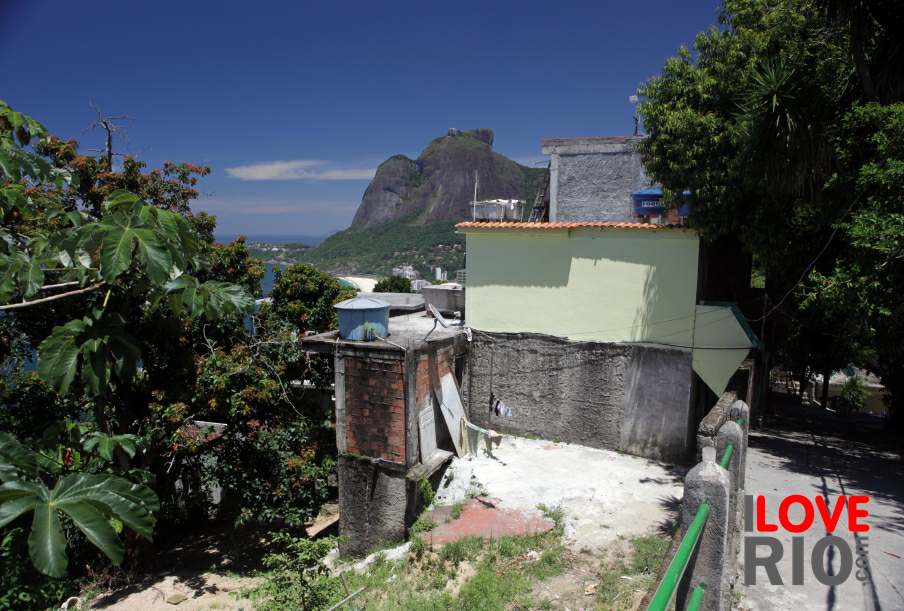
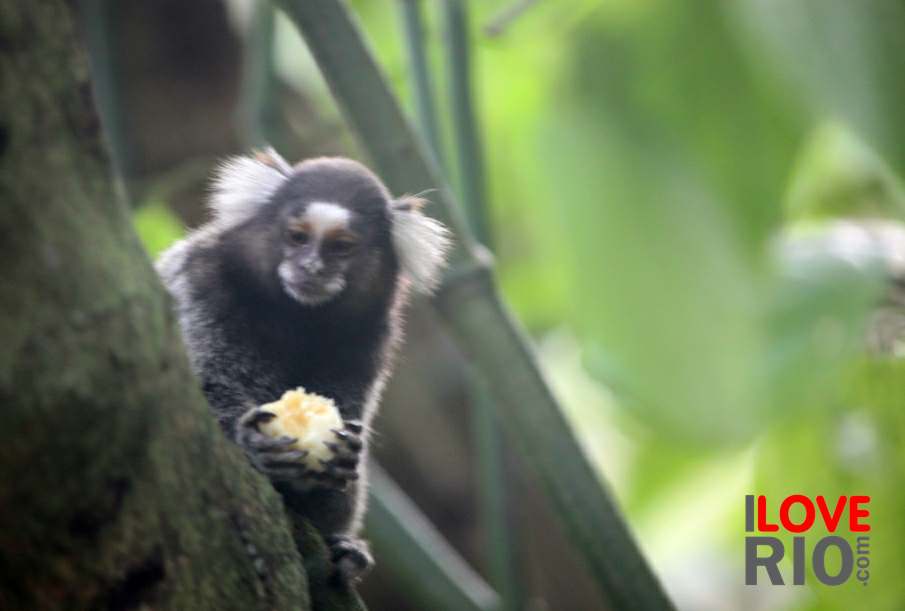
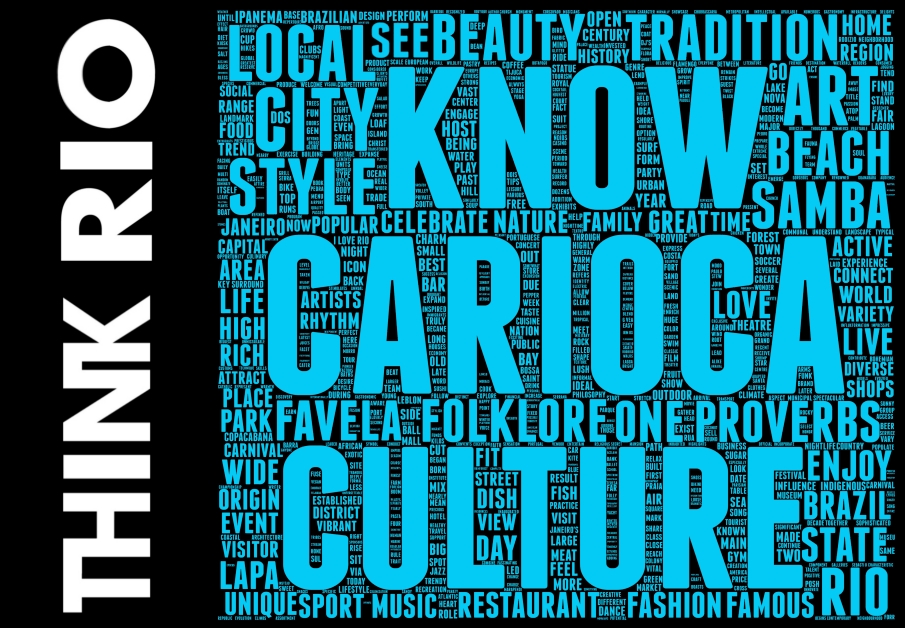
zona norte




